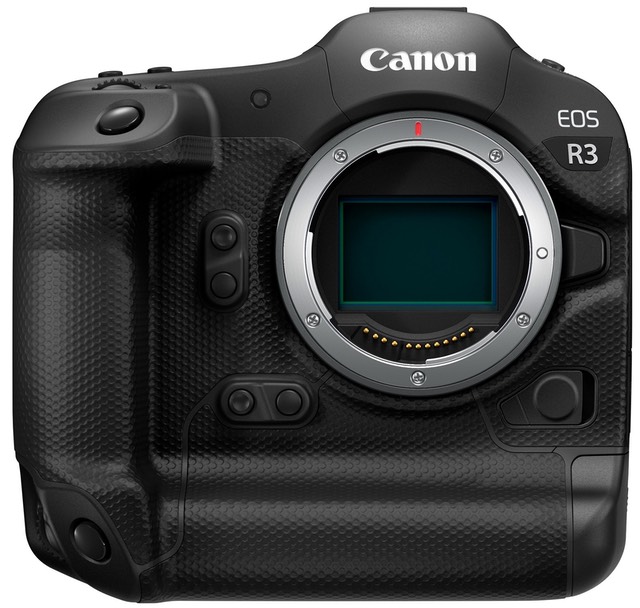So now we have three top-end mirrorless bodies that will be duking it out soon (Canon R3, Nikon Z9, and Sony A1). Since Canon and Nikon are both simply at the development announcement stage, it's not possible to compare much.
What I find interesting is that all three are stacked BSI image sensor designs. What this tells us is that none of the big three think that they can improve bandwidth fast enough on the basic CMOS of the imaging sensor itself. It also portends the next development—which Nikon gave us a preview of with their 1" sensor development announcement earlier this year—and that is that we'll see "smarts" start to appear in the stacked side of the chip.
Eventually, we'll see the image sensor and SoC combined is my guess, much like Apple has done with throwing all the silicon bits into their M line of processors. This is the ultimate thing about semiconductors: they get more sophisticated over time and you end up with one part that has all the electronics in it, not boards of components. Dedicated cameras are a little late to the electronic consolidation game, but the A1, R3, and Z9 are indications that we'll get there.

Meanwhile, what else do we know about the R3?
- Integrated vertical grip body ala 1DX, and with Canon's best weather sealing
- Canon will be resurrecting their focus-where-the-photographer-looks system in the EVF
- 30 fps electronic shutter, with low rolling shutter
- Still dual-pixel (not quad-pixel as some expected)
- Additional subject detection (beyond face, eye, animal)
- A new Mobile File Transmitter app for your mobile device
You know what excites me most? That last bullet. Particularly if Canon has recognized that the camera workflow needs some additions, as well. If I can push selected and annotated images through my smartphone on the sidelines to my client, Canon has a winner. Take out two of the words (selected and annotated) and not so much a winner, but an improvement over current state of the art.
